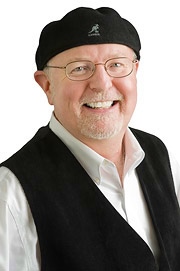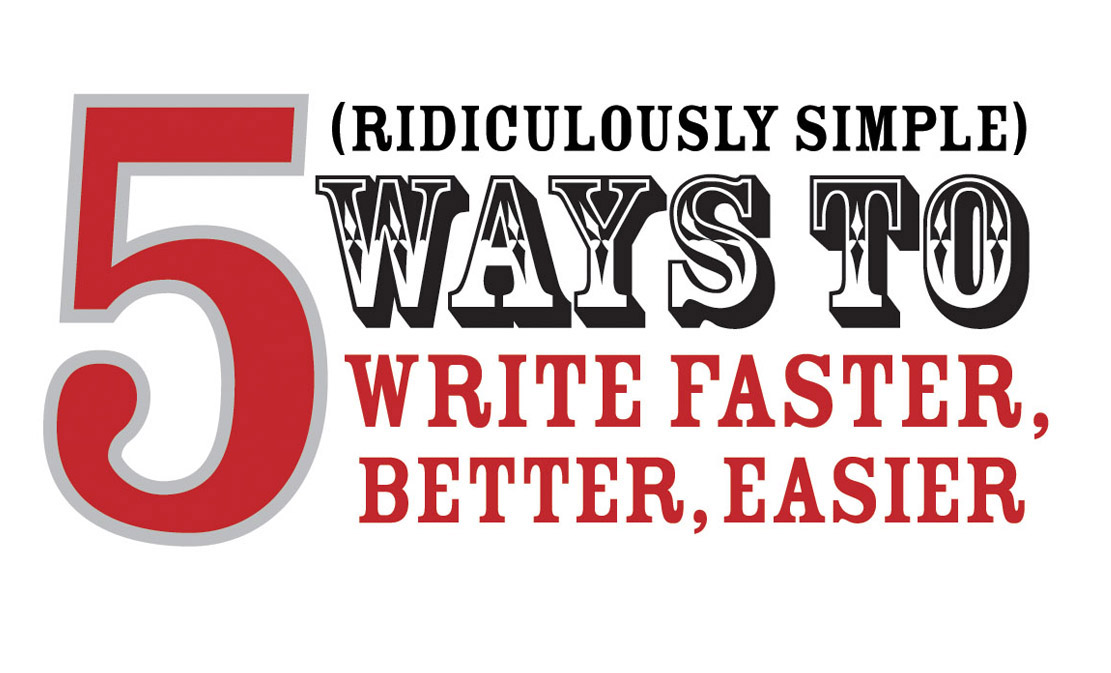What is Our Company’s Purpose? The R-O-I Method
 Wednesday, January 27, 2010 at 09:05AM
Wednesday, January 27, 2010 at 09:05AM 
Have you read Daniel Pink’s new book, “Drive: The Surprising Truth About What Motivates Us?” If you haven’t picked it up yet, don’t wait too long; this book will forever change how you think about motivating individuals (hint: it’s usually not carrots and sticks).
Pink definitely motivated me to rethink how organizations might use multimedia in ways beyond traditional corporate communication methods. Let’s look at one idea from the book and adapt it for our purposes.
Closing the gap
One of the exercises included at the end of Pink’s book is about closing the gap between perception and reality.
The exercise goes like this:
1. Grab your team or department and give each person a 3 × 5 index card.
2. Have them write down their answer to this question:
“What is our company’s (or organization’s) purpose?”
Now read the answers and see how aligned, or, um, misaligned, your company’s purpose is. Can you start imagining all the various responses you’d hear? Wouldn’t this be a great opportunity to see how people perceive your company’s purpose? And then an opportunity to redefine and clearly communicate your organization’s purpose to everyone; internally or externally?
Imagine how powerful this simple exercise would be in audio.
Here’s how you might go about it.
Part One: (R)ecord
1. Grab your MP3 recorder (or even your old-fashioned Dictaphone!).
2. Audio record as many employees as you feel comfortable answering this question.
3. Optional: Transcribe the recording for easier editing and future reference.
4. Optional: Edit the audio. Nothing fancy– no music, no narration. Keep it impressionistic.
Part Two: (O)bserve
Observe the reactions while playing the recording back to (you choose):
• Your team?
• Your department?
• HR?
• Marketing?
• Employee Communications?
• Executive Leaders?
• The CEO?
• Some combination of the above?
Part Three: (I)mplement
After playing the recording, notice who said what. Use this feedback for future planning, goal setting, improving employee or customer engagement, recruiting, orientation, etc. What about collecting all the responses to create an e-Book for team discussions? The list is endless.
Oh. One more thing.
Before you go shrugging this idea off into the void, think about what Pink says in “Drive: The Surprising Truth About What Motivates Us.”
“This simple inquiry can offer a glimpse into the soul of your enterprise. If people don’t know why they’re doing what they’re doing, how can you expect them to be motivated to do it?”
Something to think about, isn’t it?
--Tom
P.S. Originally posted on FastCompany.com


